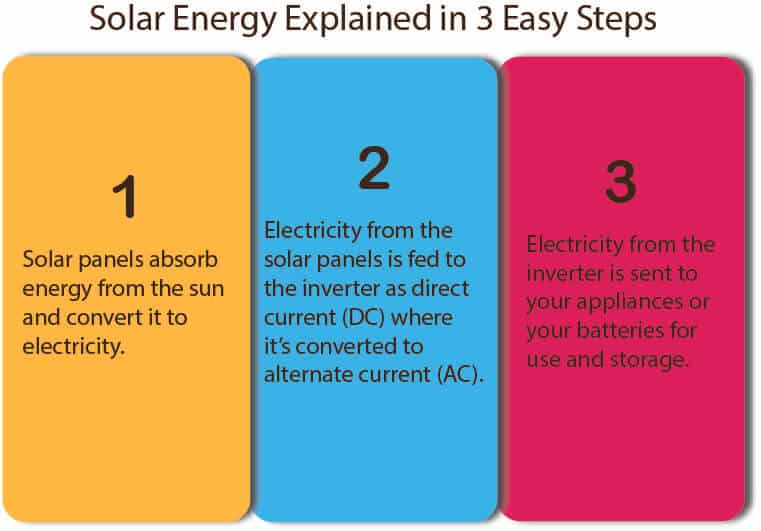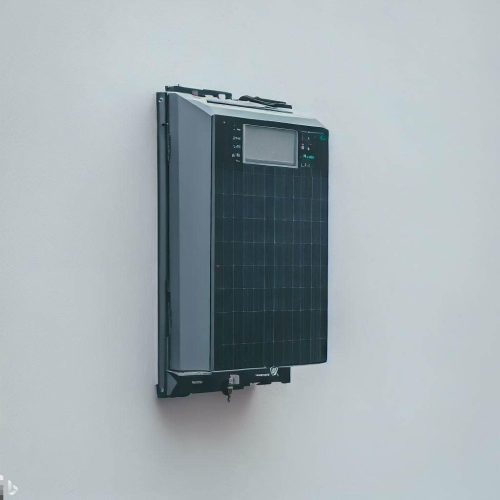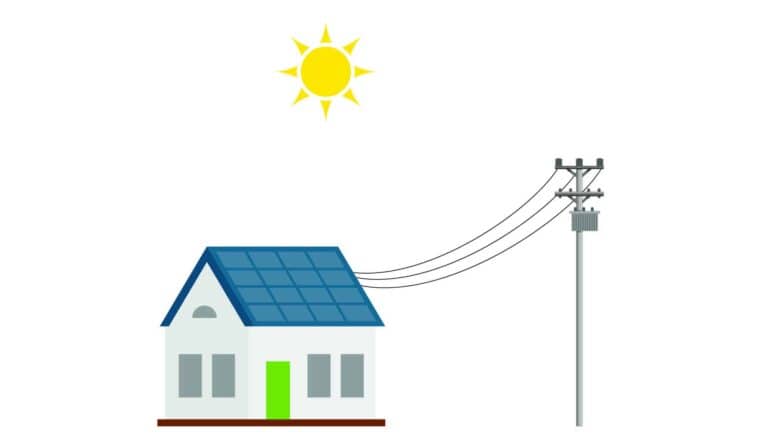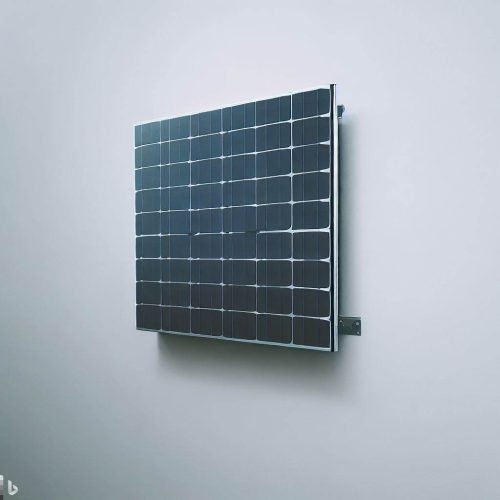Table of Contents
Solar power systems in Zimbabwe
This post looks at the basics of how solar works and what you need to know when you’re looking to get a solar power system in Zimbabwe.
Beginner's Guide to Solar
Every journey has its first step. The first step to successfully going solar is knowing the basics. Knowing the basics gives you a better understanding of what your needs are. A better understanding of your needs will save you time, money, and wasted effort.
In this beginners’ guide to solar, we’ll introduce the basics you need to know to make the switch to solar easier and cheaper. There is nothing technical in this guide. Only the simple concepts of how a solar power system works.
What is solar energy?
Solar energy is energy from the sun. Solar works through a process known as the photovoltaic effect. Through this process, a solar panel absorbs sunlight and converts it to energy.
How does a solar power system work?
Solar panels turn sunlight into electricity and then send the electricity as direct current (DC) to an inverter. The inverter converts that direct current to alternate current (AC), which is what your appliances use.
After conversion, the electricity is sent to your appliances for use or a battery for storage.

The components of a solar energy system
The key components are the solar panels, the inverter, and the batteries. Sometimes, you might also need a charge controller. A charge controller is necessary only where you have batteries.
Batteries are necessary as part of your system if:
- You’re off-grid. This means solar is your only source of electricity, as you are not connected to a power utility.
- You live in an area with frequent load shedding and or blackouts/power failures.
In the section on batteries, we look at how both scenarios would look. For now, let’s take a brief look at each of the individual components of a solar energy system.
Solar panels
Solar panels convert the light energy from the sun into the electricity your appliances use. There are two main types of solar panels available on the market today. These are polycrystalline and monocrystalline.
Monocrystalline is the most preferred type of solar panel. This is because they are slightly more efficient. The efficiency of a solar panel is a measure of how much of the sun’s energy it can convert to electricity.
You can learn more on how solar panels work in my in-depth guide to solar panels.
Inverters
Home appliances like televisions and fridges run on alternate current (AC). The electricity supplied by a solar panel is direct current (DC). The inverter converts the direct current from a solar panel into the alternate current that your appliances use.
You can use solar panels without an inverter, but that’s only with appliances that use direct current. What are the different types of inverters for solar? Find out in my beginner’s guide to solar inverters..

Batteries
Batteries store the energy produced by your solar panels. Batteries are necessary where you’re not connected to a power utility (you’re off-grid) or where you want a back-up power supply in the event of load shedding or blackout.
There are several types of batteries, each with its pros and cons. You can learn more about the different batteries in my guide to solar batteries.
Charge controllers
Charge controllers are used where you have batteries as part of your system. Charge controllers make sure your solar panels don’t overcharge your batteries. They also stop your appliances from drawing too much energy from your batteries.
Find out more on what a charge controller does in my guide to solar chargers.
Now you know how solar works and how the different components of a solar system fit. But did you know there are different types of solar systems?
Types of solar power systems
Solar systems can be grid-tied or off-grid.
Grid-tie systems
In a grid-tie system, your home or business is connected to the utility. There are two reasons this may be the case:
- You are using solar as a backup power supply in the event of load shedding or a blackout.
- You use mostly solar and are supplementing your energy needs with power from the utility.
Grid-tie systems have two main variations. Either you have a grid-tie system without batteries or a grid-tie system with batteries.

Components of a grid-tie system include solar panels, an inverter, and batteries (where needed).
Off-grid system
In an off-grid system, you are not connected to a utility company. You are the power utility company since you supply all your electricity needs.

You can find out which is better between grid-tie and off-grid solar systems here.
We’re almost at the end of this guide. Now you know much more about solar than the average person. Before we close off, there is one last thing about solar we need to explore.
Pros and cons of solar energy
This guide would be incomplete if we didn’t look at the advantages and disadvantages of solar.
Advantages of solar
Reduce your electricity bill
A properly sized system can reduce your monthly electricity bill to almost 0. That means paying little to almost nothing. Imagine what you could do if you didn’t have to pay for electricity.
Never worry about load shedding or power outages again
Solar gives you peace of mind. Never have to worry about load shedding, faults, or blackouts again. As long as we continue to rely solely on hydro and fossil fuels for electricity generation, load shedding and blackouts are likely to persist.
Why worry or suffer the inconvenience of long hours in the dark?
Increase the value of your home
Solar has a great ROI in terms of not just decreasing your monthly bills, reducing your carbon footprint, and relieving the stress of load shedding, but in boosting the value of your property.
Reduce your carbon footprint
If you’re like most people, you care about the environment. If you care about the environment and creating a better world for your children, then going solar is one way you can do that.
As solar is a renewable resource, it has less of a negative impact on the environment. The more people who use solar, the less we need to rely on grid-supplied electricity generated using fossil fuels which release toxic carbon waste into the earth’s atmosphere.
Disadvantages of solar
High upfront cost
While the return on investing in solar over time will be significantly higher than what you paid for it, the initial cost does make it difficult to get started.
Conclusion
The cost to go solar can be high to begin with. Over time, however, solar more than pays you back in terms of savings and not having to suffer the inconvenience of load shedding or power failures.
Generally, solar is a solid investment for any home or business owner for the reasons above.
That brings us to the end of the guide. Now you have a firm foundation from which to build a comprehensive understanding of solar energy.
Ready to take our Solar 101 Quiz? Test your knowledge and find out how solar ready you are in 5 minutes.
